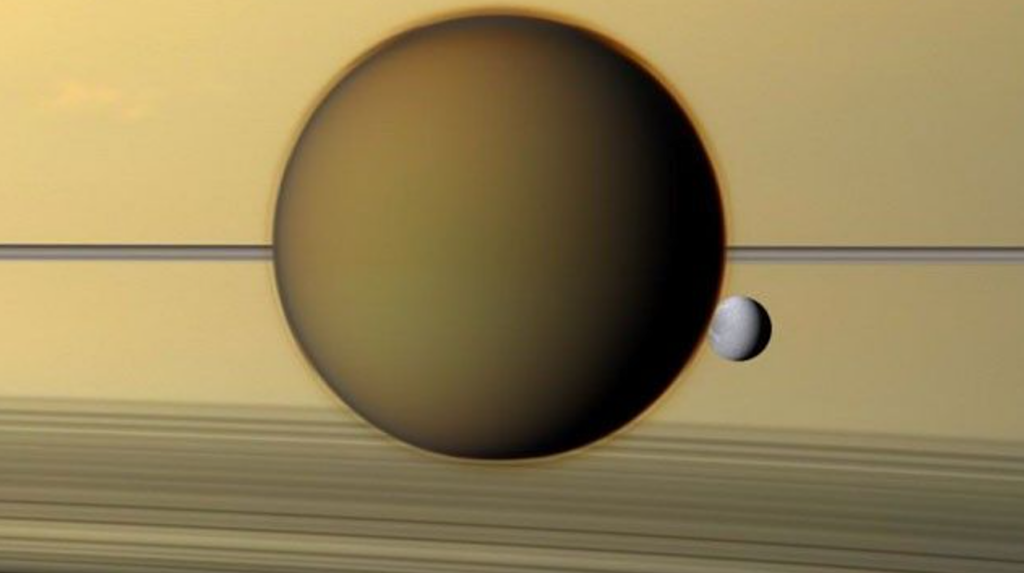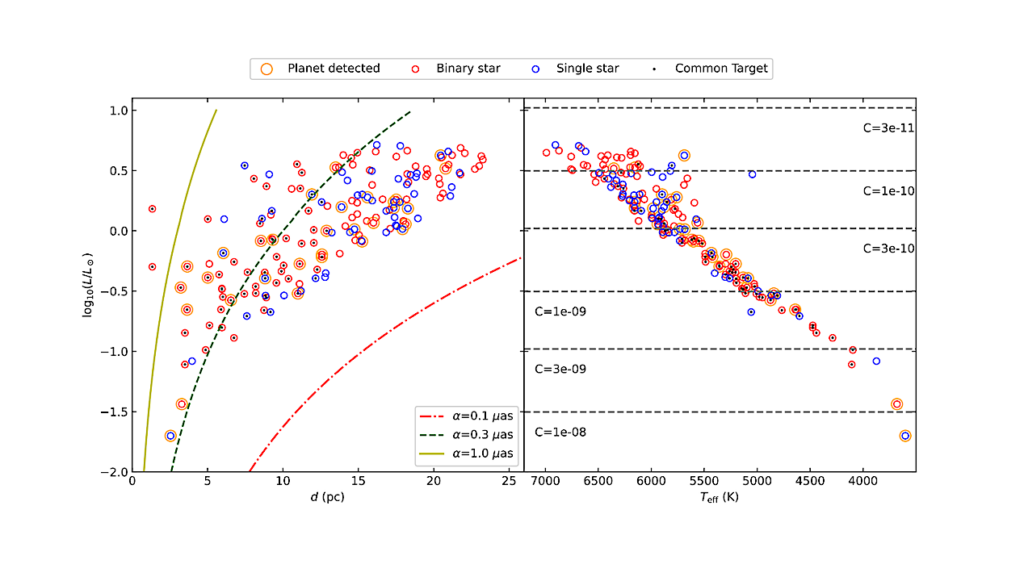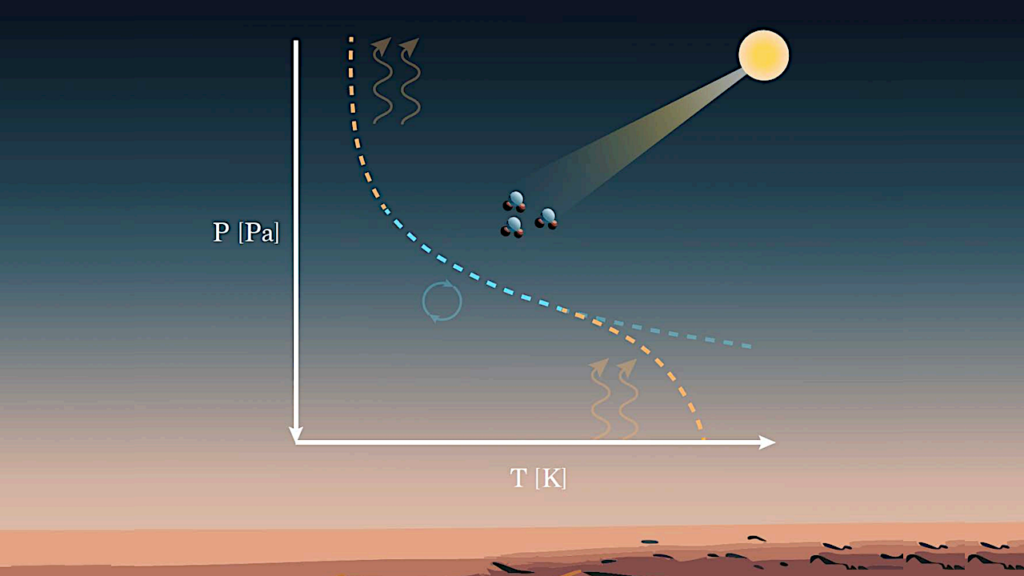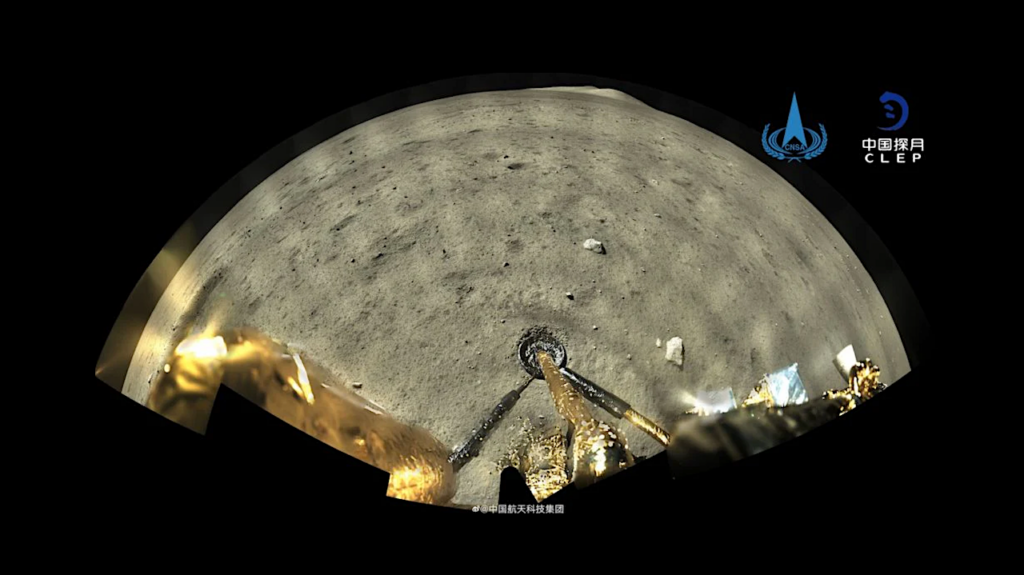Demographics Of M Dwarf Binary Exoplanet Hosts Discovered by TESS
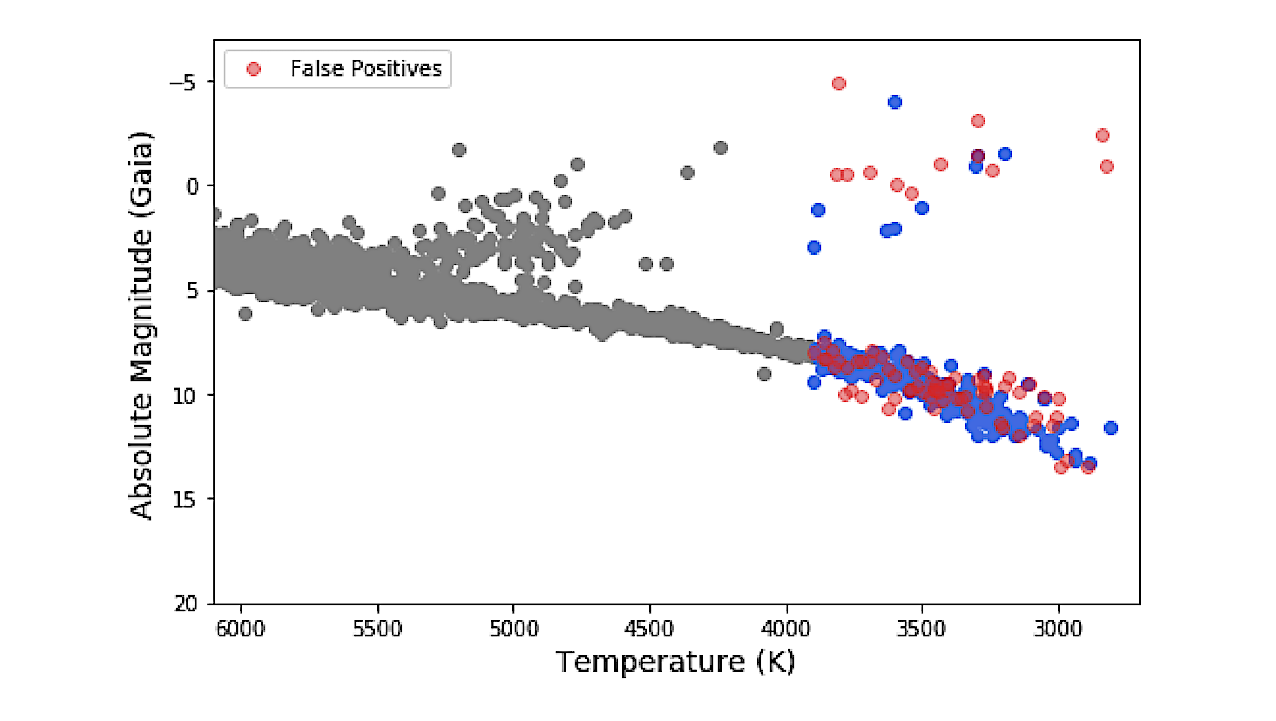
M dwarfs have become increasingly important in the detection of exoplanets and the study of Earth-sized planets and their habitability. However, 20-30% of M dwarfs have companions that can impact the formation and evolution of planetary systems.
We use high-resolution imaging and Gaia astrometry to detect stellar companions around M dwarf exoplanet hosts discovered by TESS and determine the projected separation and estimated stellar masses for each system.
We find 47 companions around 216 M dwarfs and a multiplicity rate of 19.4±2.7% that is consistent with field M dwarfs. The binary projected separation distribution is shifted to larger separations, confirming the lack of close binaries hosting transiting exoplanets seen in previous studies.
We correct the radii of planets with nearby companions and examine the properties of planets in M dwarf multi-star systems. We also note three multi-planet systems that occur in close binaries (≲50 au) where planet formation is expected to be suppressed.
Rachel A. Matson, Rebecca Gore, Steve B. Howell, David R. Ciardi, Jessie L. Christiansen, Catherine A. Clark, Ian J. M. Crossfield, Sergio B. Fajardo-Acosta, Rachel B. Fernandes, Elise Furlan, Emily A. Gilbert, Erica Gonzales, Kathryn V. Lester, Michael B. Lund, Elisabeth C. Matthews, Alex S. Polanski, Joshua E. Schlieder, Carl Ziegler
Comments: 28 pages, 13 figures, 5 tables, accepted for publication in The Astronomical Journal
Subjects: Earth and Planetary Astrophysics (astro-ph.EP); Solar and Stellar Astrophysics (astro-ph.SR)
Cite as: arXiv:2412.08465 [astro-ph.EP] (or arXiv:2412.08465v1 [astro-ph.EP] for this version)
https://doi.org/10.48550/arXiv.2412.08465
Focus to learn more
Submission history
From: Rachel Matson
[v1] Wed, 11 Dec 2024 15:32:01 UTC (506 KB)
https://arxiv.org/abs/2412.08465
Astrobiology,



